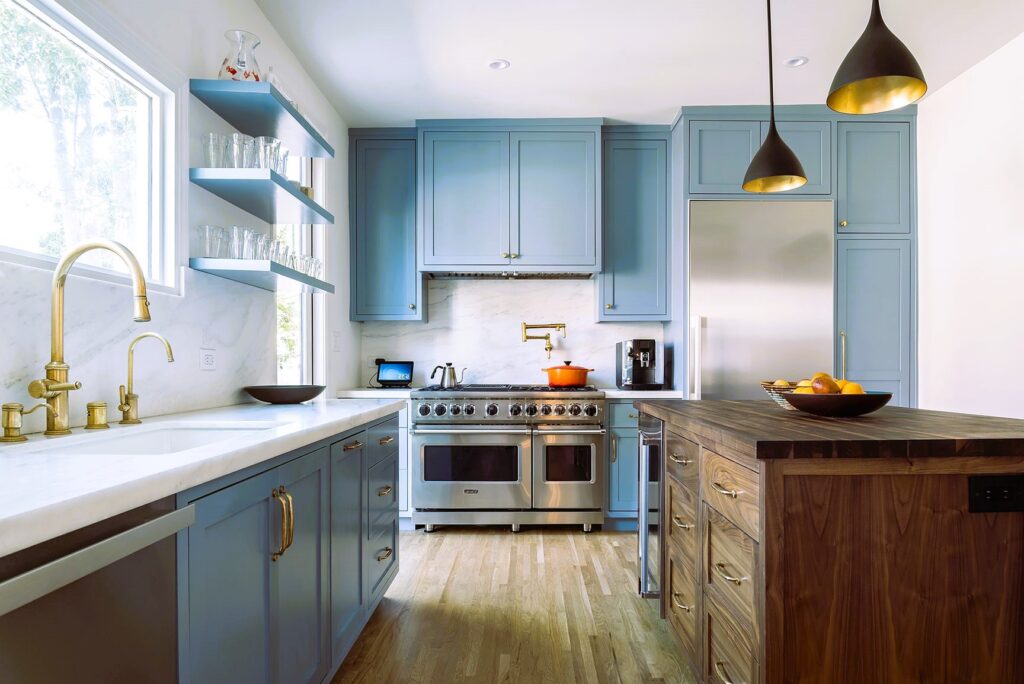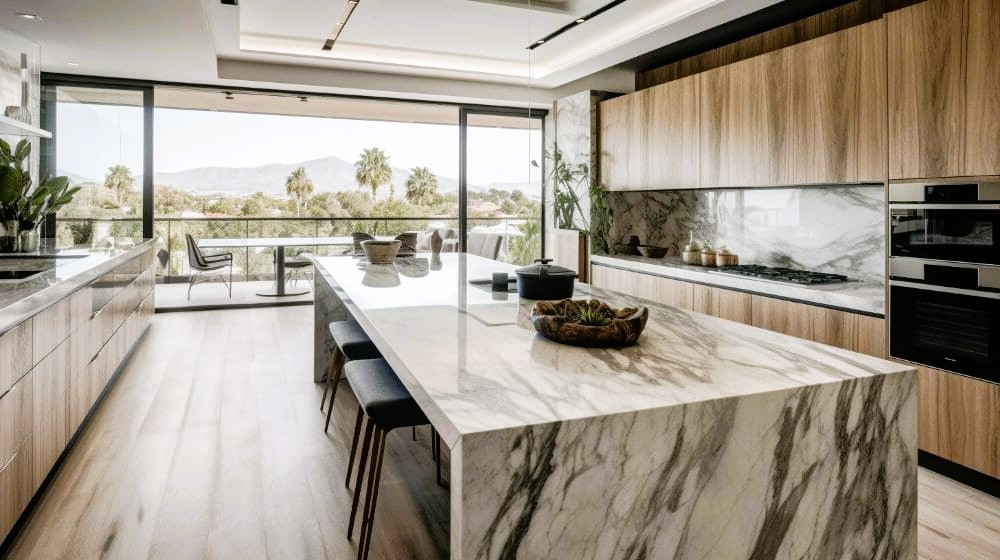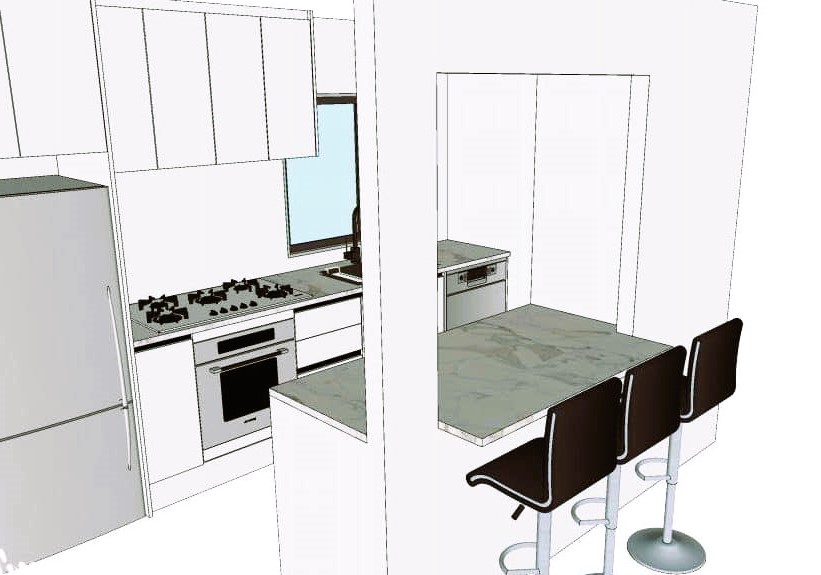The kitchen has evolved from a mere utilitarian space to the heart of the home, where culinary creativity and social interactions flourish. Designing a kitchen that seamlessly combines functionality with style has become a priority for homeowners and interior designers alike. This article delves into the art of creating kitchens that go beyond aesthetics, focusing on practical layouts, efficient storage solutions, and the incorporation of modern technologies to enhance the cooking experience.
The Power of Layout: Form Follows Function
In kitchen design, the layout is the foundation upon which the entire space is built. The classic “kitchen work triangle” comprising the sink, stove, and refrigerator, remains a guiding principle for efficient kitchen layouts. This layout ensures that these three key elements are conveniently placed, allowing for a smooth workflow while cooking.
However, modern kitchens have adapted and expanded upon this concept. The inclusion of additional work zones, such as prep areas and baking stations, caters to the diverse needs of contemporary cooking. Islands have become a staple, providing extra counter space, storage, and a gathering spot for family and friends.
Storage Solutions: Concealing Clutter with Elegance

Clutter can easily disrupt the harmony of a kitchen, making smart storage solutions a necessity. Cabinets that extend to the ceiling maximize vertical space, providing ample room for rarely-used items. Pull-out shelves and deep drawers enhance accessibility to pots, pans, and kitchen gadgets, eliminating the need to rummage through cluttered cabinets.
Innovative storage solutions like built-in spice racks, pull-out pantry shelves, and custom drawer dividers contribute to an organized and efficient kitchen. The marriage of style and functionality is evident in glass-front cabinets that display cherished dishware while keeping them protected.
Technology Integration: Modern Conveniences at Your Fingertips
The digital age has ushered in a new era of kitchen design with the integration of smart technologies. Smart appliances, such as refrigerators with touchscreens and built-in cameras, allow users to keep track of groceries, create shopping lists, and even peek inside their fridge remotely. Induction cooktops offer precise temperature control, and ovens can be preheated from a smartphone app.
Voice-activated assistants are making their way into the kitchen, enabling hands-free control of lights, thermostats, and even recipe guidance. These technologies not only enhance convenience but also contribute to the futuristic appeal of a modern kitchen. Using window-like mirrors for elegance, see Reflections on Style for more details.
Lighting: Illuminating Functionality and Atmosphere
Lighting plays a dual role in kitchen design, serving both functional and aesthetic purposes. Adequate task lighting, such as under-cabinet lights and pendant fixtures, ensures that cooking and food preparation areas are well-lit. Dimmable lighting options create a versatile ambiance, allowing the kitchen to transition from a lively cooking space to an intimate dining area.
Natural light is equally important. Large windows or sliding glass doors that connect the kitchen to outdoor spaces not only bring in daylight but also establish a visual link between the interior and exterior.
Materials and Finishes: Marrying Durability and Elegance
The choice of materials and finishes significantly impacts the longevity and aesthetics of a kitchen. Countertops made of durable materials like quartz or granite not only withstand daily use but also add a touch of luxury. Hardwood or tile floors are not only easy to clean but also contribute to the overall visual appeal.
Cabinetry in various finishes, from classic wood to modern lacquer, allows homeowners to tailor the kitchen’s style to their preferences. Backsplashes offer an opportunity to introduce color, pattern, or texture, infusing personality into the design.
Standards and Regulations in Kitchen Design

While creativity is essential in kitchen design, adherence to safety and quality standards is equally important. Organizations like the National Kitchen and Bath Association (NKBA) provide guidelines for kitchen planning and design. These guidelines encompass everything from clearances around appliances to appropriate countertop heights, ensuring that kitchens are both functional and safe.
For comprehensive insights into kitchen design standards, Wikipedia offers a wealth of information on topics such as kitchen ergonomics, layout principles, and historical trends. Additionally, Canada’s official website for standards and regulations (canada.ca) provides valuable resources on safety standards and recommendations for kitchen appliances.
Conclusion: A Fusion of Functionality and Beauty
Designing a kitchen that transcends aesthetics and embraces functionality requires a harmonious blend of creativity, planning, and attention to detail. By carefully considering layout, storage solutions, technology integration, lighting, materials, and adhering to established standards, homeowners can craft kitchens that are not only visually stunning but also highly practical and conducive to culinary exploration.
In the heart of every well-designed kitchen, the balance between beauty and function is struck, creating a space where cooking transforms into a joyful experience and where family and friends naturally gather.
Reference: Wikipedia – Kitchen Design

